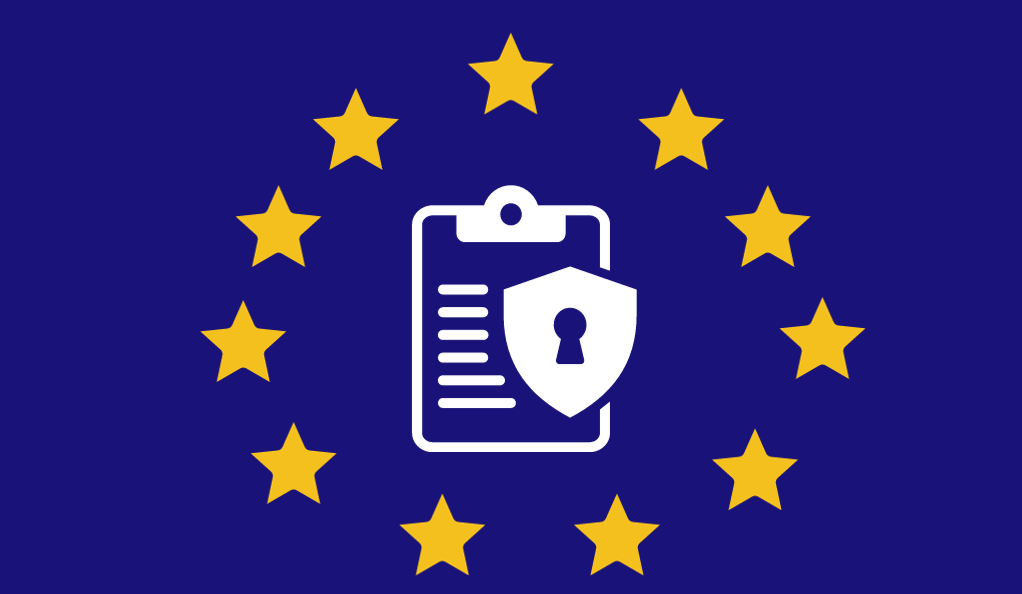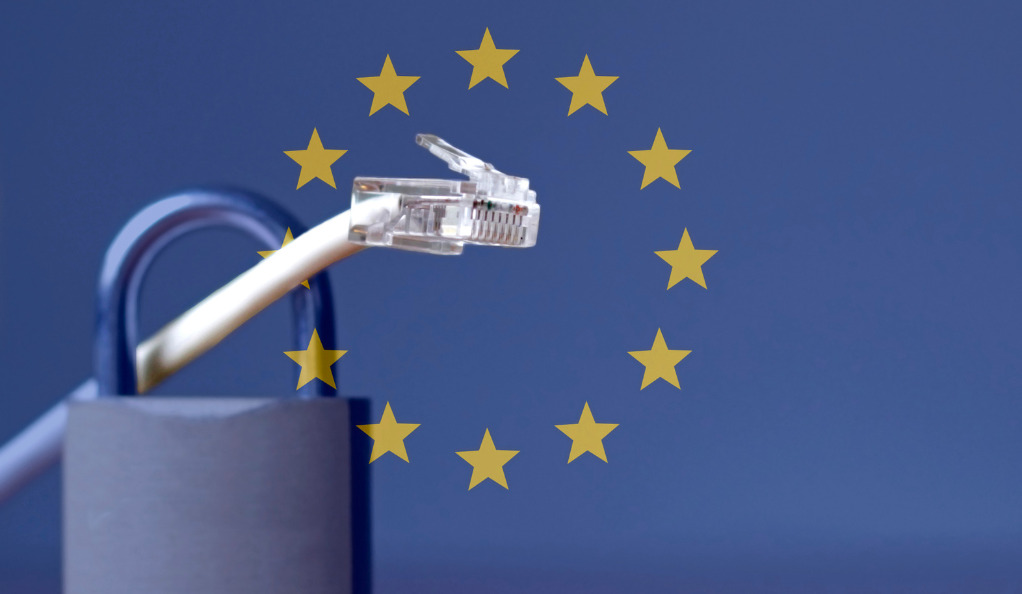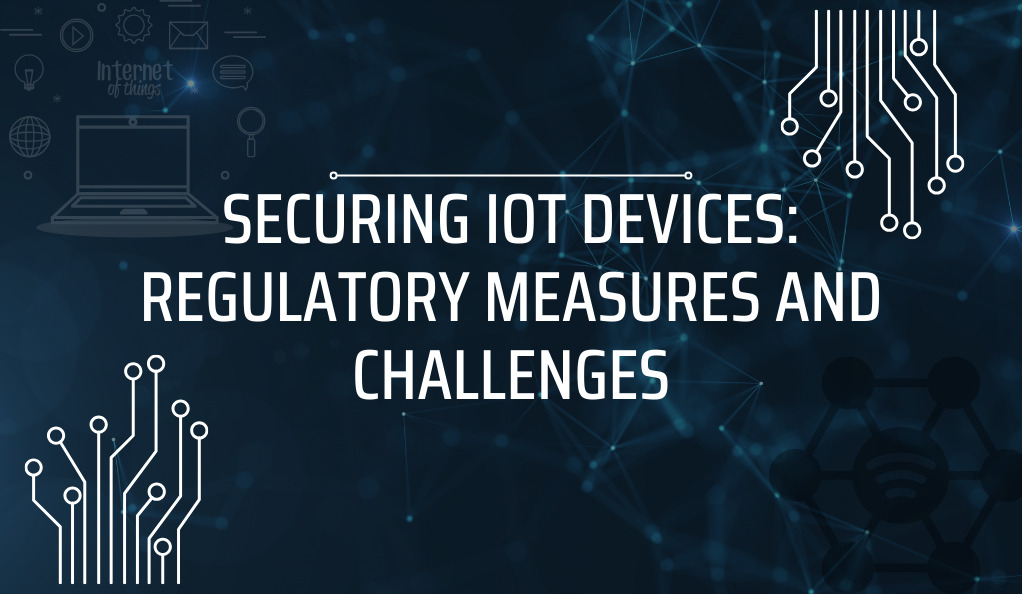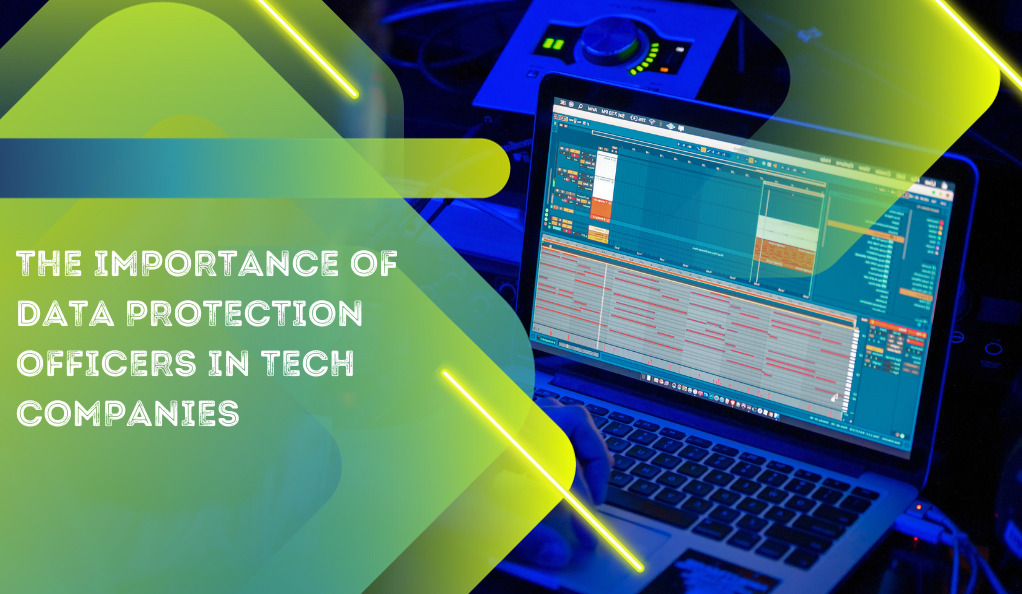The digital age has ushered in a plethora of advancements, but with these advancements come challenges, especially in the realm of privacy. As our lives become increasingly interconnected through electronic communications, the need for robust privacy regulations has never been more paramount. Enter the ePrivacy Regulation (ePR), a pivotal piece of legislation designed to address these very challenges within the European Union.
What is the ePrivacy Regulation (ePR)?
The ePrivacy Regulation, commonly referred to as ePR, is a proposed framework that aims to regulate various privacy-related topics, primarily concerning electronic communications within the European Union. It’s not just another regulation; it’s a testament to the EU’s commitment to safeguarding the privacy of its citizens in an increasingly digital world.
Full Name and Significance:
Its official title is a mouthful: “Regulation of the European Parliament and of the Council concerning the respect for private life and the protection of personal data in electronic communications and repealing Directive 2002/58/EC (Regulation on Privacy and Electronic Communications).” This title underscores the ePR’s comprehensive nature and its intent to supersede the previous ePrivacy Directive from 2002.
Why is the ePR Important?
The ePR is not just an update; it’s a significant overhaul. It aims to:
- Ensure that all forms of electronic communication, including newer platforms like WhatsApp and Skype, adhere to stringent privacy standards.
- Complement the General Data Protection Regulation (GDPR), another cornerstone of EU privacy legislation, by addressing areas not covered by the GDPR.
- Empower individuals with more control over their personal data, ensuring that their private communications remain just that – private.

Historical Context
To truly grasp the significance of the ePrivacy Regulation (ePR), one must first understand its historical backdrop. The journey of the ePR is intertwined with the evolution of digital communication and the European Union’s proactive approach to privacy.
The Genesis: ePrivacy Directive (2002)
Before the ePR, there was the ePrivacy Directive of 2002. This directive was one of the EU’s first attempts to address privacy concerns related to electronic communications. However, as with any legislation crafted in the early days of the internet, it soon became evident that the directive would require updates to keep pace with the rapid technological advancements.
The European Commission’s Proposal (2017)
Fast forward to January 2017, the European Commission, recognizing the limitations of the 2002 directive and the changing digital landscape, proposed the ePrivacy Regulation. This proposal wasn’t just an update; it was a comprehensive reimagining of how electronic privacy should be approached in the modern age.
The initial intention was for the ePR to be introduced alongside the EU’s General Data Protection Regulation (GDPR) on 25 May 2018. The GDPR, which focuses on the broader aspects of data protection, would work in tandem with the ePR, which zeroes in on electronic communications. However, the journey of the ePR hasn’t been smooth. While the GDPR was successfully implemented in 2018, the ePR’s scope and specifics are still under discussion.
Challenges and Delays
The ePR’s journey has been marked by debates, revisions, and delays. Its comprehensive nature means that it touches upon various sectors, from telecoms to tech giants, leading to extensive discussions about its implications. The goal has always been clear: to ensure robust privacy protections without stifling innovation or economic growth.
| Timeline | Milestone |
|---|---|
| 2002 | Introduction of the ePrivacy Directive. |
| 2017 | European Commission proposes the ePrivacy Regulation. |
| 2018 | Intended introduction alongside GDPR. However, ePR’s implementation was delayed due to ongoing discussions. |
Key Differences: Regulation vs. Directive
Before delving further into the specifics of the ePrivacy Regulation, it’s essential to understand the fundamental differences between an EU Regulation and an EU Directive. These terms, often used interchangeably, have distinct implications for member states and their legal frameworks.
EU Regulation:
An EU Regulation is a binding legislative act that is applicable in its entirety across all EU member states. Once passed, it becomes immediately enforceable as law in all member countries. This means that member states do not need to take any further action to incorporate it into their national laws.
EU Directive:
On the other hand, an EU Directive is a legislative act that sets out a goal that all EU countries must achieve. However, it is up to the individual countries to decide how they will achieve this goal. Directives require member states to introduce their own national legislation to meet the objectives set by the directive.
ePrivacy Regulation vs. ePrivacy Directive:
The (new) ePrivacy Regulation is set to repeal the (current) ePrivacy Directive. This shift from a directive to a regulation signifies the EU’s intent to provide a uniform set of rules across all member states, eliminating the disparities that might arise from individual national laws.
| Term | Definition | Implication |
|---|---|---|
| EU Regulation | A binding legislative act applicable uniformly across all EU member states. | Immediate enforceability in all member states without the need for national legislation. |
| EU Directive | A legislative act that sets a goal for all EU countries to achieve. | Requires member states to introduce national laws to meet the directive’s objectives. |
| ePrivacy Regulation (ePR) | A proposed regulation focusing on electronic communication privacy within the EU. | Aims to provide a consistent set of privacy rules across the EU. |
| ePrivacy Directive (2002) | The previous directive focusing on electronic communication privacy. | Allowed for variations in implementation across member states, leading to potential disparities. |
Key Proposals of the ePrivacy Regulation
The ePrivacy Regulation is not just a change in format; it introduces several pivotal proposals that aim to enhance privacy protections for EU citizens.

Inclusion of New Players:
The ePR expands its reach to include newer electronic communication services like WhatsApp, Facebook Messenger, and Skype, ensuring they adhere to the same privacy standards as traditional telecom operators.
Strengthened Privacy Rules:
The ePR aims to provide a uniform set of privacy rules across the EU, ensuring that all individuals and businesses enjoy the same level of electronic communication protection.
Communications Content and Metadata:
Under the ePR, both the content of communications (what you say or write) and metadata (information about the communication, like time and location) will have enhanced privacy protections. Metadata, recognized for its high privacy component, must be anonymized or deleted unless the user gives explicit consent.
Simplified Rules on Cookies:
The ePR aims to streamline the rules on cookies, reducing the overload of consent requests for internet users. It introduces a more user-friendly approach, allowing browser settings to easily accept or refuse tracking cookies.
Protection Against Spam:
Unsolicited electronic communications, including emails and SMS, will be banned under the ePR. Marketing callers will need to display their phone number or use a special prefix indicating a marketing call.
Enforcement by Data Protection Authorities:
The responsibility of enforcing the ePR’s confidentiality rules will lie with data protection authorities, the same bodies in charge of GDPR rules.
Potential Penalties for Noncompliance
The European Union is not just introducing the ePrivacy Regulation as a guideline; it’s ensuring that its provisions are taken seriously by attaching substantial penalties for noncompliance. This move underscores the EU’s commitment to protecting its citizens’ privacy rights in the digital realm.
Financial Implications:

Businesses that fail to comply with the ePR could face severe financial consequences. The proposed penalties for noncompliance can be as high as €20 million. However, for larger enterprises, the penalty could be even more substantial, amounting to up to 4% of the total worldwide annual turnover, whichever is higher. Such hefty fines are indicative of the importance the EU places on electronic privacy.
Comparative Analysis with GDPR:
These penalties are in line with those stipulated by the General Data Protection Regulation (GDPR). The GDPR, which has been in effect since 2018, also imposes fines of up to 4% of annual global turnover or €20 million, whichever is greater, for breaches. The alignment of penalty structures between the two regulations emphasizes their interconnected nature and the EU’s holistic approach to data and privacy protection.
Timelines and Implementation:
While the ePrivacy Regulation was initially intended to come into effect alongside the GDPR in May 2018, its implementation has been delayed due to ongoing discussions and refinements. However, once adopted, businesses will need to be vigilant and proactive in ensuring compliance to avoid these significant penalties.
Reception and Current Status
The journey of the ePrivacy Regulation has been marked by extensive discussions, feedback, and revisions. Its comprehensive nature means it touches upon various sectors, leading to a wide range of responses.
Feedback from Key Stakeholders:
In February 2021, the German Federal Commissioner for Data Protection and Freedom of Information expressed concerns over several aspects of the ePR. Issues such as data retention, cookie walls, and the potential dilution of consumer rights like the “right to object” were highlighted.
National Security Considerations:
In March 2021, reports emerged of France leading an effort to modify the ePrivacy initiative. The proposed modifications aimed to exempt national security agencies from certain provisions, highlighting the delicate balance between individual privacy and national security concerns.
European Parliament’s Stance:
In a significant move, the European Parliament approved a derogation to the ePrivacy regulation in July 2021. This allows providers of electronic communication services to scan and report private online messages containing material depicting child sex abuse. It also permits companies to deploy approved technologies to detect grooming techniques, emphasizing the EU’s commitment to safeguarding its most vulnerable citizens.
Conclusion
In the digital age, the European Union’s ePrivacy Regulation (ePR) emerges as a pivotal response to the challenges of balancing technological advancement with individual privacy rights. The ePR, complementing the General Data Protection Regulation (GDPR), underscores the EU’s dedication to safeguarding its citizens in an era where data is often likened to ‘new oil’. While its comprehensive nature presents implementation challenges across diverse sectors, the ongoing refinements highlight the EU’s commitment to achieving a harmonious balance. As we anticipate the ePR’s final adoption, businesses, tech platforms, and individuals must brace for a future where innovation flourishes without compromising privacy. The ePR, in essence, charts a promising path for a digital future that respects and prioritizes individual rights.








